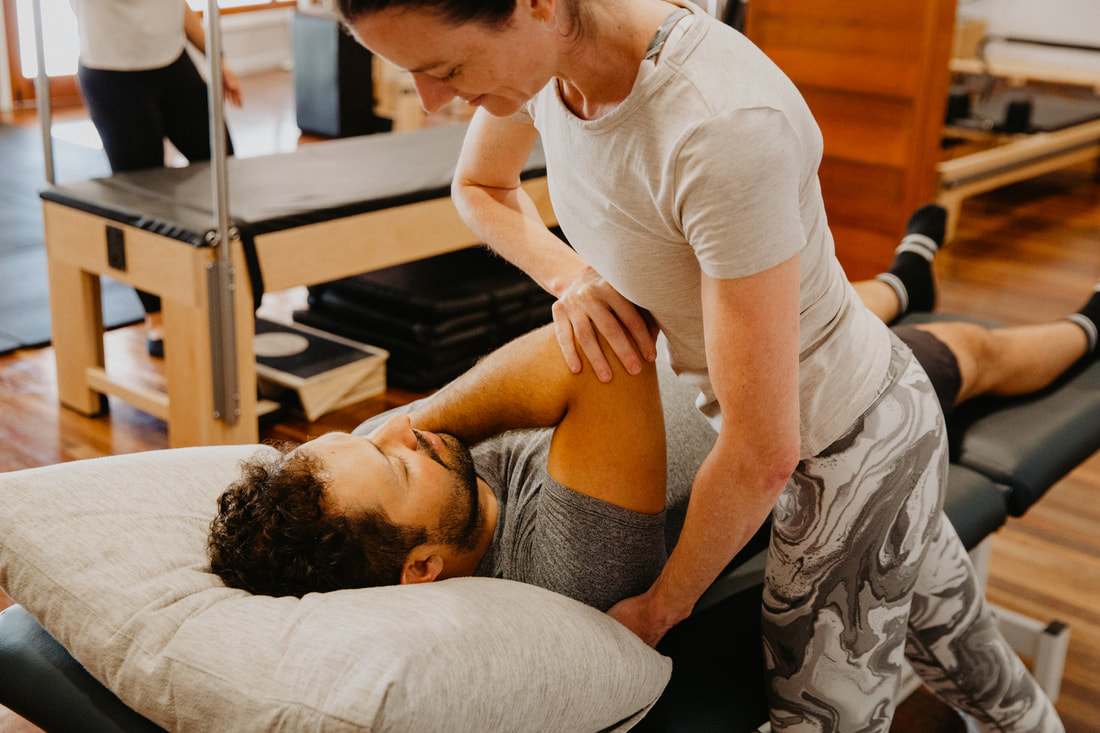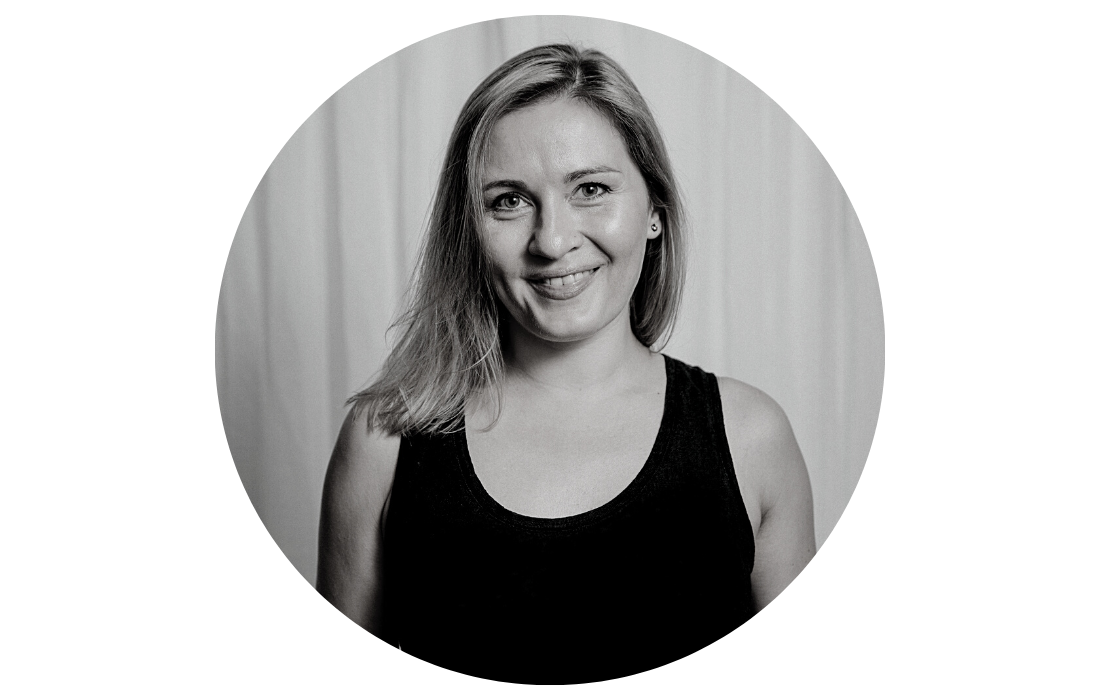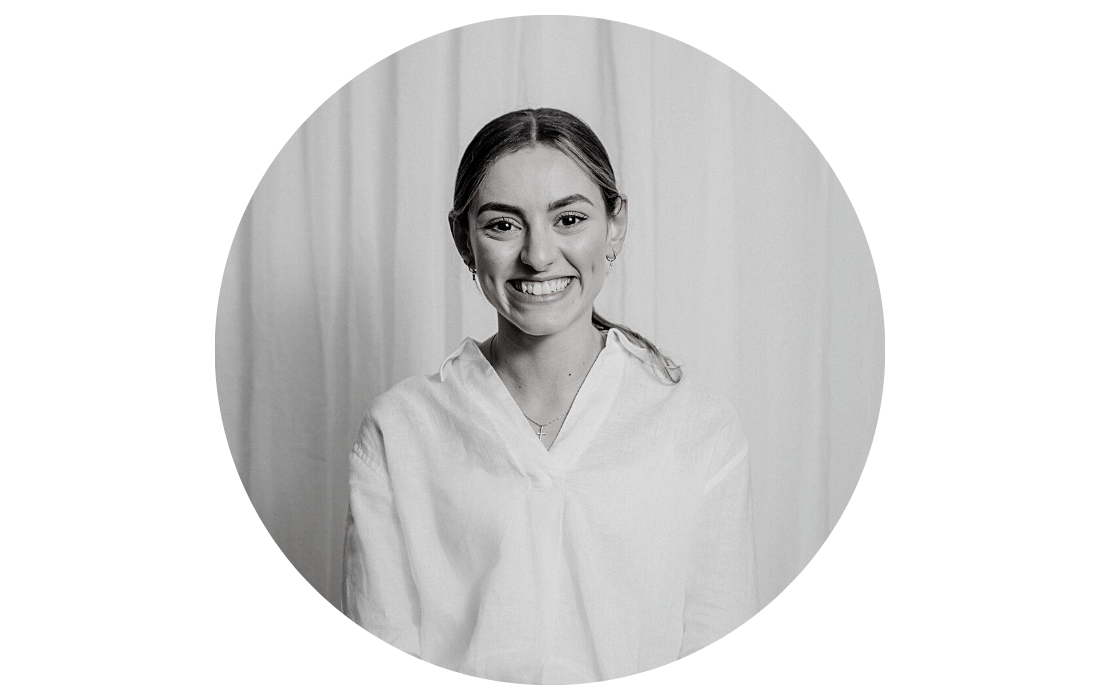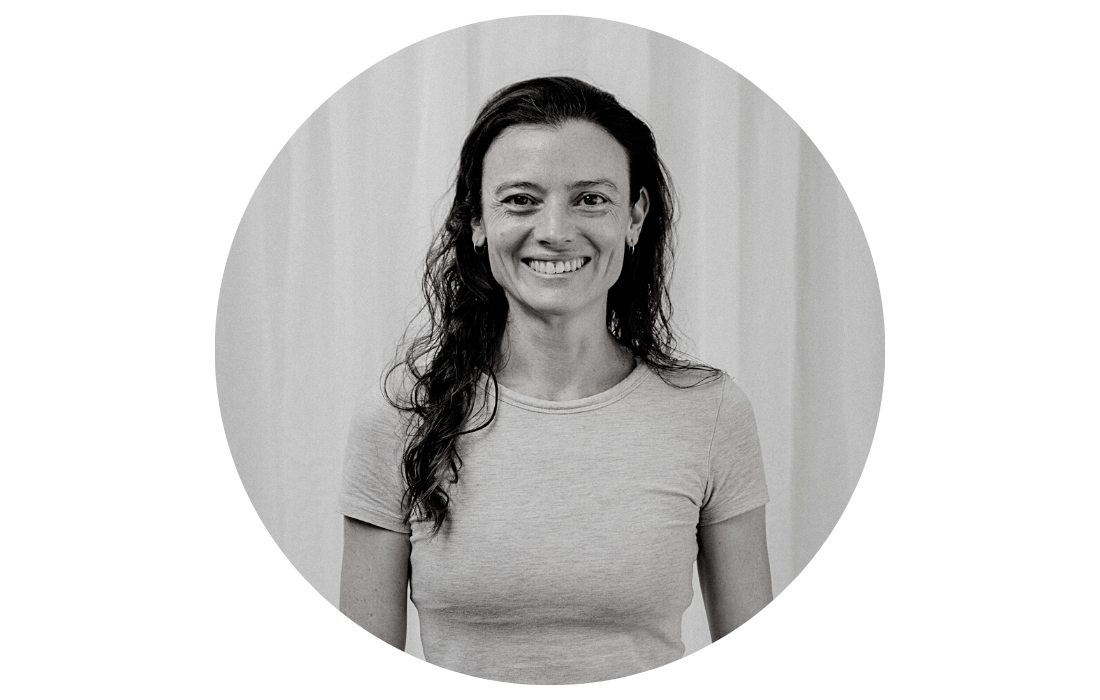Glenohumeral Joint Instability Physiotherapy Brisbane southside.
What is Glenohumeral Joint Instability?
Glenohumeral joint instability is a condition where the shoulder joint is excessively loose and is able to slide around too much in the socket. This instability can occur from an injury (traumatic) or may develop over time from overuse (atraumatic).
What are the types of Glenohumeral Joint Instability?
What causes Glenohumeral Joint Instability?
What are the symptoms of Glenohumeral Joint Instability?
How is Glenohumeral Joint Instability diagnosed?
What is the different treatment option for Glenohumeral Joint Instability?
How can physiotherapy help with Glenohumeral Joint Instability?
Physiotherapy plays a crucial role in managing and rehabilitating glenohumeral joint instability. It typically focuses on several key areas to help stabilise the shoulder and prevent further injury. Here’s how physiotherapy can help:
How can help Glenohumeral Joint Instability be prevented?
If you or a loved one has questions about Glenohumeral Joint Instability and how our physiotherapists might be able to help please call us on 07 3706 3407 or email [email protected]. We would love to work with you!
Glenohumeral joint instability is a condition where the shoulder joint is excessively loose and is able to slide around too much in the socket. This instability can occur from an injury (traumatic) or may develop over time from overuse (atraumatic).
What are the types of Glenohumeral Joint Instability?
- Traumatic Instability: Usually associated with a significant force that displaces the shoulder, such as a dislocation during sports or an accident.
- Atraumatic Instability: Can occur without a distinct injury and may result from repetitive overhead motion or inherent laxity in the joint.
- Multidirectional Instability: When the shoulder can dislocate in multiple directions - anterior, posterior, and inferior.
What causes Glenohumeral Joint Instability?
- Injury: Dislocations or subluxations due to trauma can stretch or tear the ligaments.
- Repetitive Strain: Overuse from activities such as swimming, tennis, or pitching can lead to looseness.
- Congenital or Genetic Factors: Some people are born with looser ligaments, leading to general hypermobility.
- Muscle Weakness or Imbalance: If the muscles around the shoulder are weak or imbalanced, it can lead to instability.
What are the symptoms of Glenohumeral Joint Instability?
- Pain: Especially when lifting or rotating the arm.
- Repeated Dislocations: The shoulder may slip out of place frequently.
- Subluxations: A sensation of the shoulder coming partially out of joint.
- Apprehension: A feeling of insecurity or fear that the shoulder will dislocate.
- Limited Mobility: Difficulty with certain movements due to discomfort or fear of dislocation.
How is Glenohumeral Joint Instability diagnosed?
- Medical History: Discussing symptoms and any incidents leading to the condition.
- Physical Examination: Assessing range of motion, pain, and signs of instability.
- Imaging: X-rays, MRI, or CT scans to assess the bones and soft tissues.
What is the different treatment option for Glenohumeral Joint Instability?
- Conservative Management: Includes physical therapy to strengthen shoulder muscles and improve stability.
- Activity Modification: Avoiding movements that exacerbate symptoms.
- Bracing: Using a brace to support the shoulder during high-risk activities.
- Surgery: If conservative treatments fail, surgical options like arthroscopy may be used to repair or tighten the ligaments.
How can physiotherapy help with Glenohumeral Joint Instability?
Physiotherapy plays a crucial role in managing and rehabilitating glenohumeral joint instability. It typically focuses on several key areas to help stabilise the shoulder and prevent further injury. Here’s how physiotherapy can help:
- Strengthening Exercises:
- Rotator Cuff Strengthening: These muscles are vital for stabilising the glenohumeral joint. Physiotherapy often includes exercises that specifically target the rotator cuff to improve the stability of the shoulder.
- Scapular Stabilisation: The scapula (shoulder blade) provides a foundation for the arm's movement. Strengthening the muscles that anchor the scapula helps improve shoulder mechanics and stability.
- Proprioception and Neuromuscular Training: This type of training helps improve the shoulder's awareness of its position and movement, which can be compromised after injury. Enhanced proprioception helps the shoulder joint respond to movements that might otherwise lead to subluxation or dislocation.
- Flexibility and Range of Motion Exercises: Physiotherapy often includes stretching exercises to maintain or increase the range of motion. It is essential to do this without overstretching the already loose joint structures.
- Manual Therapy: Techniques such as mobilisation can be used by physiotherapists to help maintain joint mobility and reduce discomfort. However, care is taken not to exacerbate instability.
- Posture Correction: Improper posture can place additional strain on the shoulder joint. Physiotherapy can help teach correct postural techniques to reduce unnecessary stress on the glenohumeral joint.
- Activity and Movement Education: Physiotherapists can provide guidance on safe movement patterns and activities to avoid exacerbating the instability.
- Taping and Bracing: In some cases, taping the shoulder or using a brace can provide external support, especially during activities that place the shoulder at risk of injury.
- Pain Management: Therapy can include modalities to manage pain, such as heat, ice, ultrasound, or electrical stimulation.
- Surgery Rehabilitation: If surgery is necessary, physiotherapy is essential both preoperatively (to prepare the shoulder for surgery) and postoperatively (to regain strength and function after surgery).
- Customised Treatment Plans: Each individual's case of instability can vary greatly, so physiotherapists provide tailored treatment plans that take into account the severity and nature of the instability, the patient's activity level, and other personal factors.
How can help Glenohumeral Joint Instability be prevented?
- Proper Technique: In sports and activities to minimise the risk of shoulder injuries.
- Strength and Flexibility: Maintaining balanced shoulder strength and flexibility.
- Education: Understanding the limits of the shoulder's movement and activities that can cause injury.
If you or a loved one has questions about Glenohumeral Joint Instability and how our physiotherapists might be able to help please call us on 07 3706 3407 or email [email protected]. We would love to work with you!
Who to book in with:
Yulia Khasyanova
|
Monica Hanna
|
Emma Cameron
|



